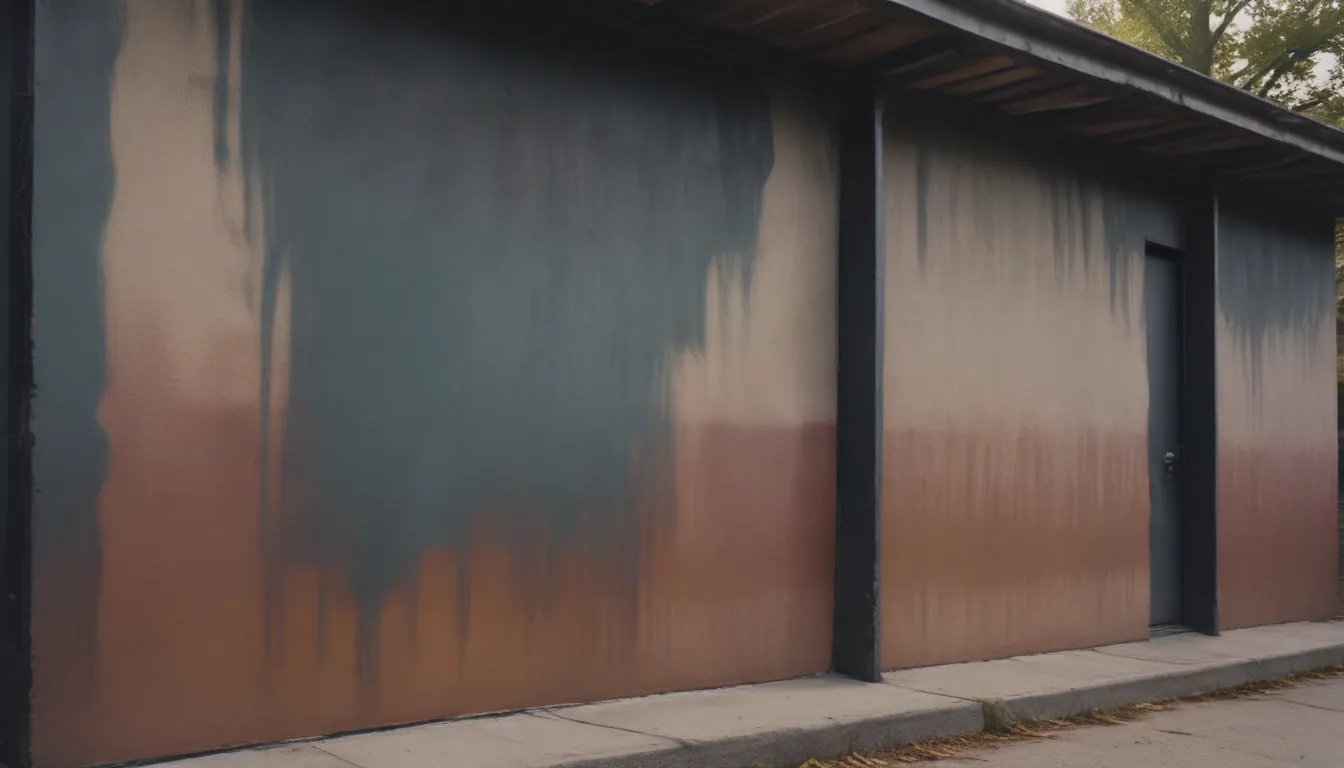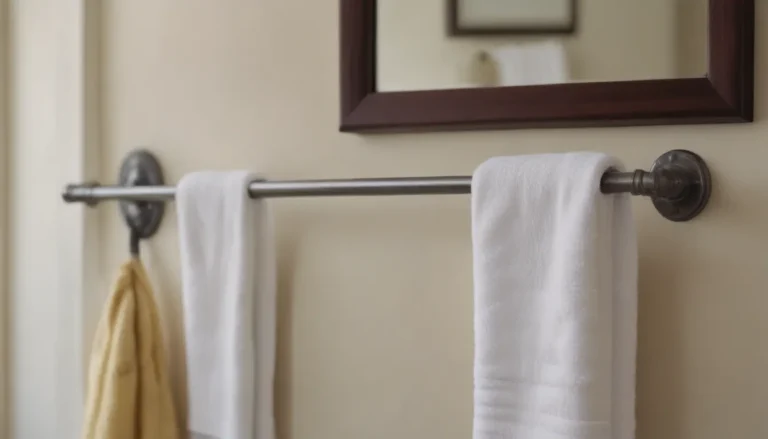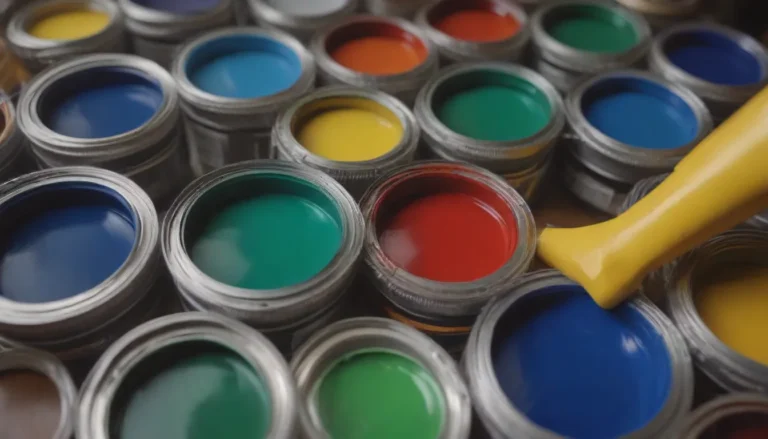Effective Techniques for Removing Exterior Paint

Are you looking to refresh the exterior of your home by removing old paint? If so, you may be overwhelmed by the various methods available and unsure of the best approach to take. Whether you want to reveal the natural beauty of your home’s exterior or simply prepare it for a fresh coat of paint, it’s essential to choose the right technique for the job. In this comprehensive guide, we will explore six effective ways to remove exterior paint, highlighting the pros and cons of each method to help you make an informed decision.
The Importance of Paint Removal
When the paint on your house starts to peel or chip, it’s time to consider removing it before applying a new coat. While some homeowners may opt for covering up the old paint with siding, others prefer to strip it away to showcase the original beauty of their home’s exterior. However, removing paint can be a challenging and messy task, especially if dealing with lead-based paint. Therefore, it is crucial to choose the right method to ensure a safe and effective paint removal process.
1. Propane Blowtorch
The propane blowtorch has long been a popular choice for removing paint due to its affordability and speed. The high heat generated by the torch softens acrylic-latex paint, making it easy to scrape away with a putty knife. While effective, using an open flame poses significant risks, including the potential for fires and the release of harmful lead fumes when dealing with lead-based paint.
Pros:
– Cheap
– Effective
– Assists with scraping
Cons:
– Dangerous
– Difficult to handle
– May release lead fumes
Warning: Experts do not recommend using an open flame to remove paint due to safety concerns.
2. Heat Gun
For a safer alternative to the propane blowtorch, consider using an electric heat gun. Heat guns operate at a lower temperature than blowtorches, reducing the risk of fires and harmful fumes. While electric heat guns are easier to regulate and ideal for small areas or intricate surfaces, they still carry the risk of causing fires if not used carefully.
Pros:
– Safer than a torch
– Easy to regulate temperature
– Good for ornamentation
Cons:
– Limited by a cord
– Fumes
Tip: Be cautious when using a heat gun as it can still catch dry materials on fire.
3. Electric Sanders
Orbital or belt sanders are effective tools for stripping exterior paint quickly. However, excessive pressure applied to the sander can result in gouging the wood, while the dust produced during sanding poses a hazard, especially with lead-based paint. It is essential to check local regulations before using sanders with lead-based paint.
Pros:
– DIY-friendly
– Thorough
– Inexpensive
Cons:
– Creates dust
– Gouges wood
– Potentially hazardous
4. Chemical Strippers
Chemical paint strippers are applied to the surface to soften the paint before scraping it off. While chemical strippers are effective for textured surfaces and intricate details, they can be slow and pose health risks due to harmful chemicals. Some eco-friendly options, such as soy- or citrus-based strippers, are available for smaller projects.
Pros:
– Less physical effort
– Eases scraping
– Good for complex details
Cons:
– Slow
– Harmful chemicals
– Inconsistent
Tip: Consider using eco-friendly paint strippers for smaller projects or delicate surfaces.
5. Scraping
Using a sharp putty knife or paint scraper is a traditional and effective method for removing paint. While scraping minimizes dust and offers better control than sanding, it is labor-intensive and requires sharpening the tools regularly. It is essential to wear protective gear, such as a mask and eye protection, when scraping to avoid inhaling dust and debris.
Pros:
– Effective
– Works with other methods
– Thorough
Cons:
– Labor-intensive
– Messy
– Sharpening needed
6. Sandblasting
Sandblasting is a highly effective method for removing paint from metal, concrete, and brick surfaces. However, it is not a DIY project and should be carried out by professionals due to the risk of damaging wood surfaces. Sandblasting leaves a rough, grooved appearance on wood and requires careful execution to avoid causing harm or creating a mess.
Pros:
– Good for details
– Works on large expanses
– Effective on metal
Cons:
– Messy
– Hazardous
– Not a DIY project
Safety Precautions and Recommendations
- Before starting any paint removal project, test the paint to determine if it contains lead.
- Wear appropriate protective gear, such as masks, gloves, and eye protection, to prevent exposure to harmful chemicals and dust.
- Follow manufacturer instructions when using chemical paint strippers and ensure adequate ventilation in the workspace.
- Consider the environmental impact of paint removal methods and choose eco-friendly options whenever possible.
- Dispose of paint and hazardous materials according to local regulations to protect the environment and community.
In conclusion, choosing the right method for removing exterior paint depends on various factors, including the type of surface, paint composition, and personal safety preferences. By considering the pros and cons of each technique and following proper safety precautions, you can efficiently remove old paint and prepare your home for a fresh new look. Whether you opt for scraping, sanding, or chemical stripping, prioritize safety and precision to achieve the best results.





